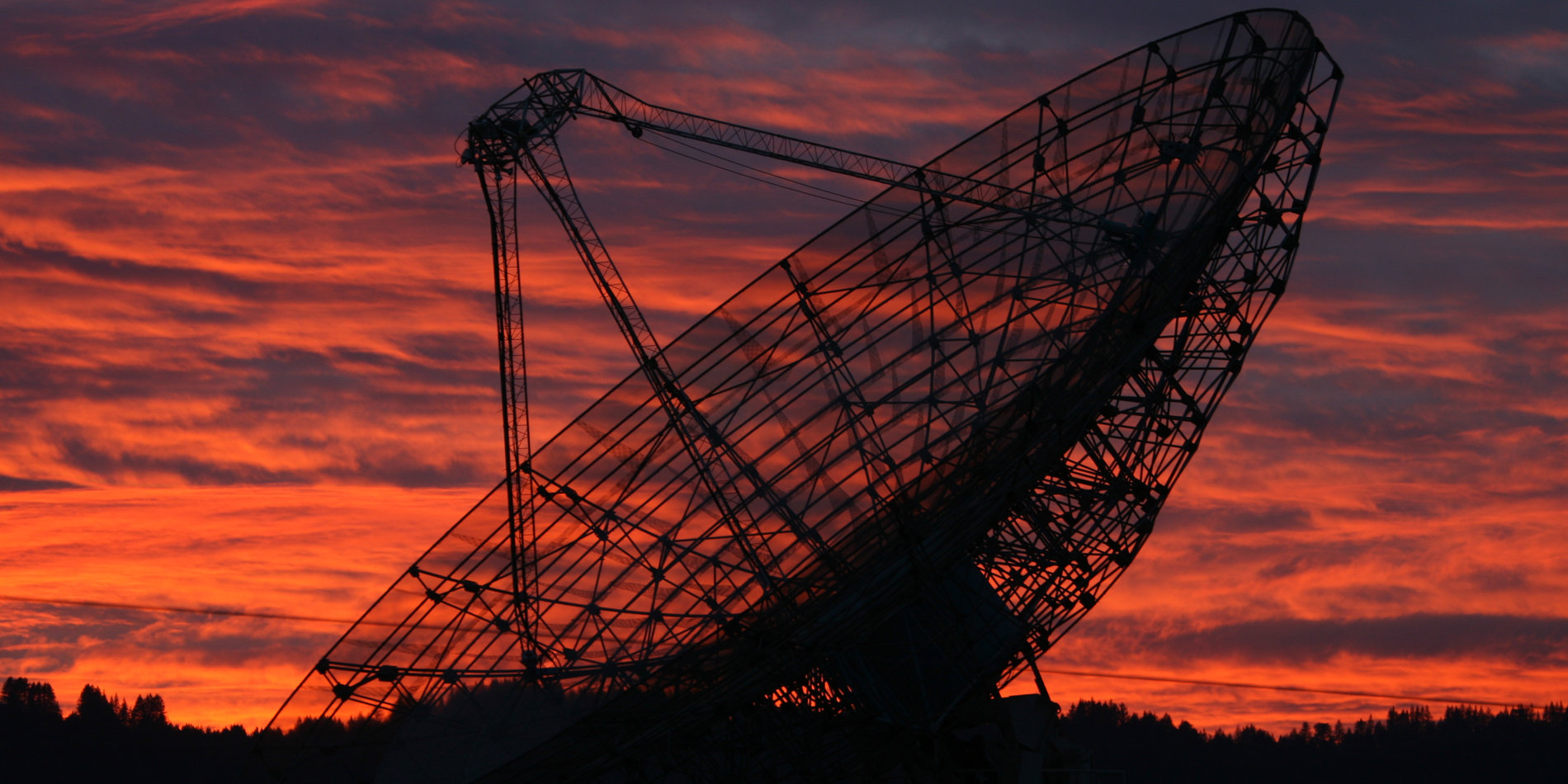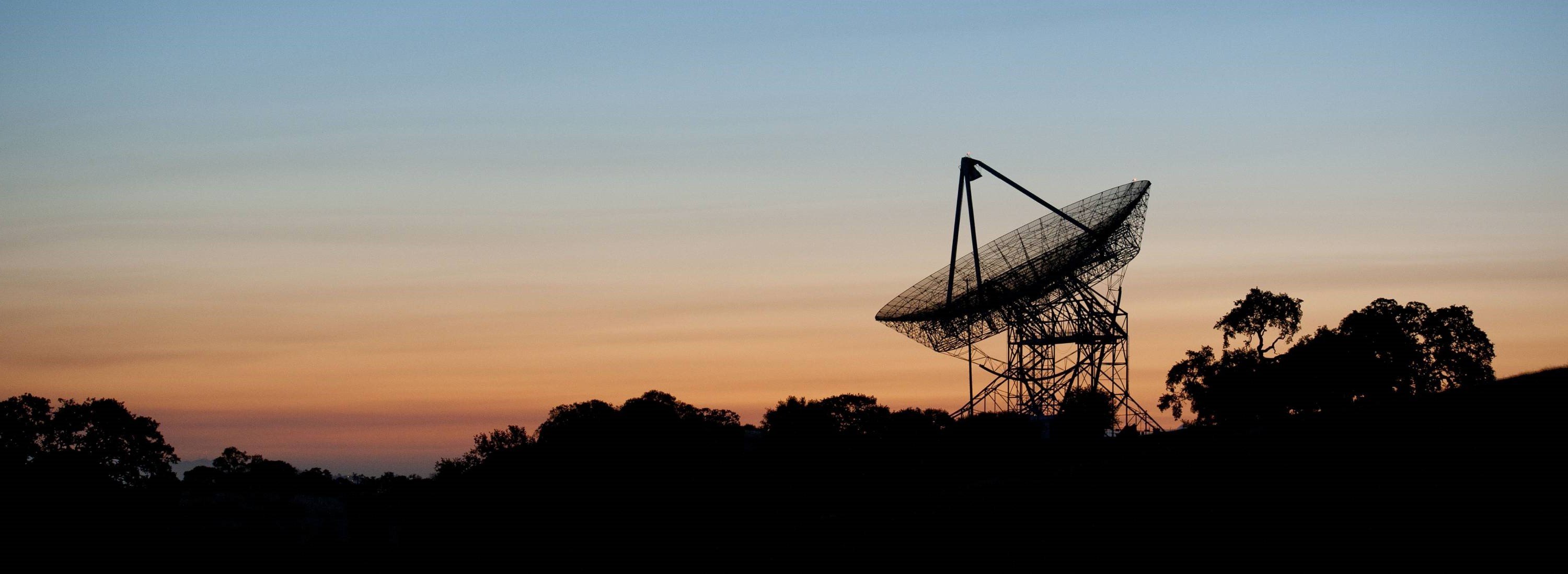The Dish is a special area to both Stanford and the surrounding communities, and it serves many purposes.
Academic programs – The Dish itself is a radio telescope that is still in use. Other research and teaching programs also use the dish area.
University Support Facilities – In order to support academic, environment, habitat, and recreational services, support from our facility shops are necessary. Services include maintenance to water storage, pump stations, road maintenance, grounds, and other required facility services. Please yield to service vehicles as they pass.
Environmental Restoration – Stanford's Conservation Program is directing a program of environmental restoration in the dish area, which includes use of native grasses and other plants.
Habitat Conservation – Portions of the dish area are devoted to special efforts to enhance habitat for the California tiger salamander, including the development of new breeding ponds.
Recreation – The Dish is a popular area for hiking and jogging and is open to the public from approximately sunrise to sunset throughout the year.

Public Access Hours
January: 6:30am - 5:00pm
February: 6:30am - 5:30pm
March: 6:00am - 6:30pm
April-August: 6:00am - 7:30pm
September: 6:30am - 7:00pm
October: 6:30am - 6:00pm
November-December 6:30am-5:00pm
